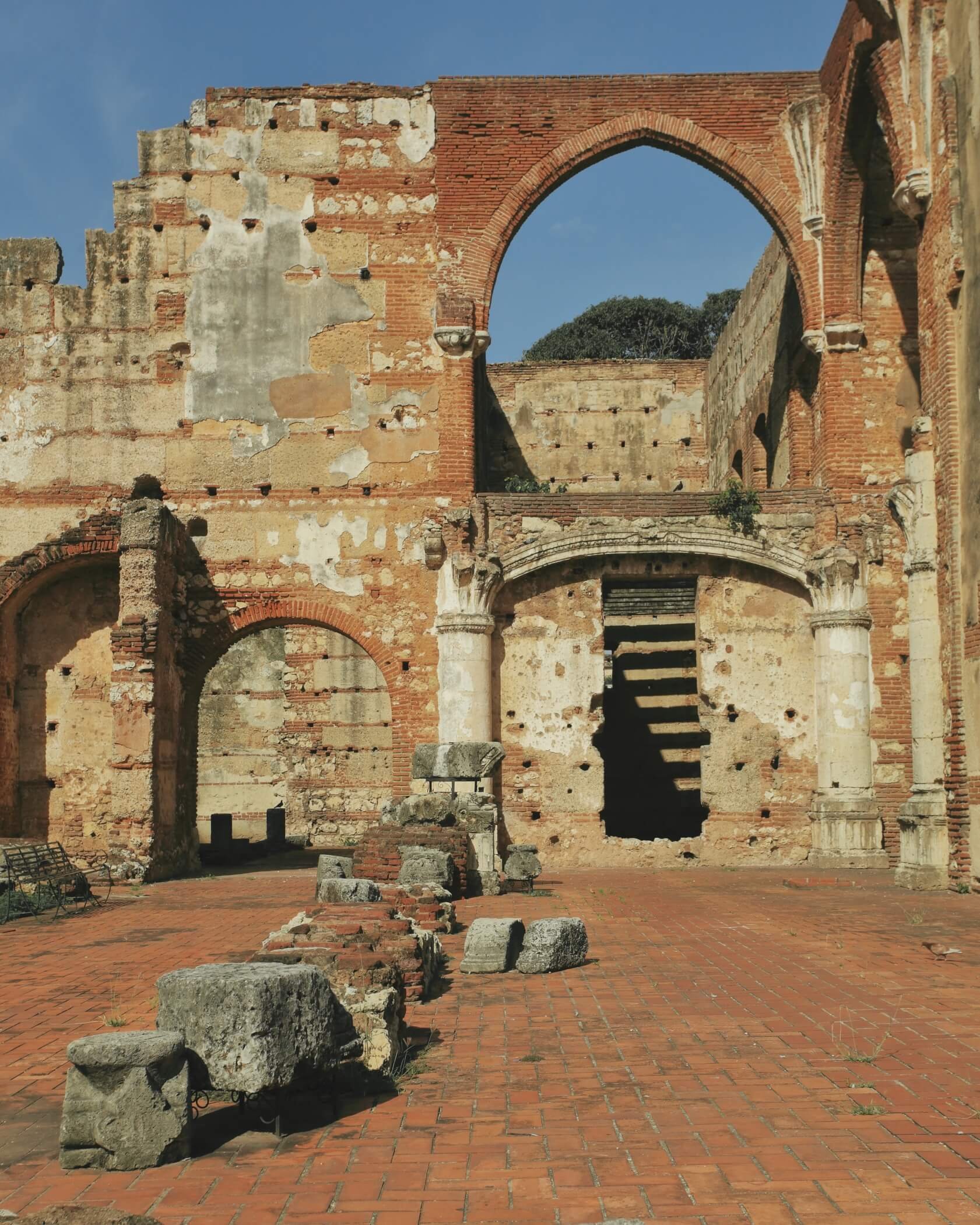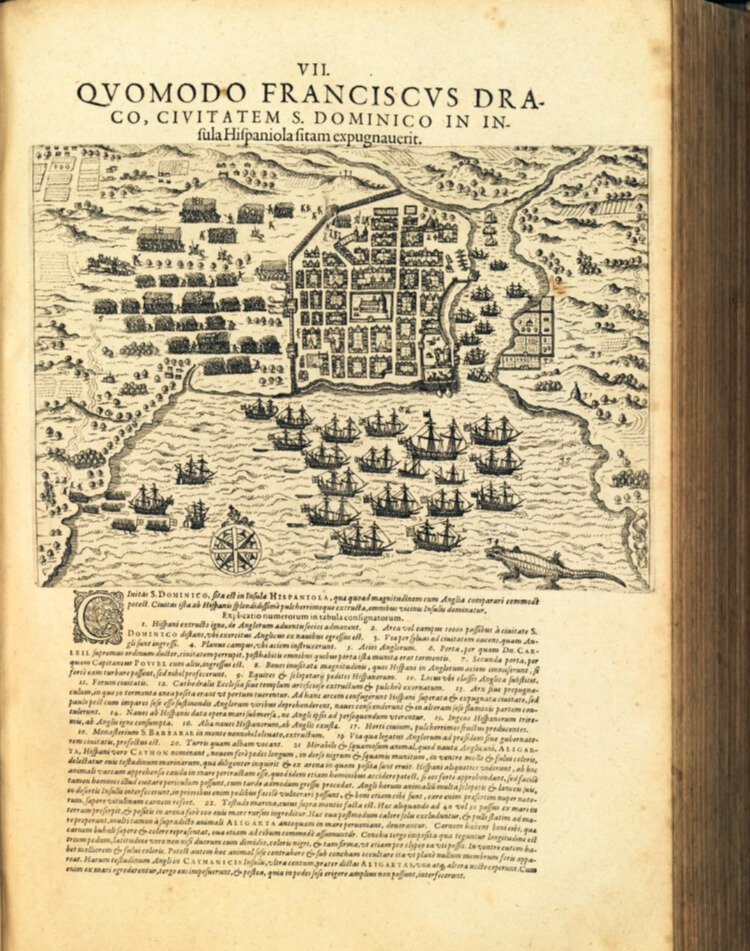
Santo Domingo Guide
City Walls of Santo Domingo

After 1586, the city walls of Santo Domingo faced several attacks that were successfully repelled, highlighting the defensive strength of the fortifications. One notable event occurred in 1605 when the English privateer Francis Drake, nephew of the renowned pirate Francis Drake, led an assault on the city. Despite his prior successful raids in the Caribbean, the Spanish defenders, aided by the sturdy city walls, managed to repel Drake's attack, preventing him from seizing Santo Domingo.
Another significant attack occurred in 1655 when the English navy, led by Admiral William Penn and General Robert Venables, launched an assault on the city. However, the well-fortified walls of Santo Domingo proved formidable once again, thwarting the English invasion. The defenders' resilience and the strength of the city's defensive structures played a crucial role in protecting Santo Domingo.
The city walls of Santo Domingo continued to play a vital defensive role throughout the colonial period. The fortifications served as a deterrent to potential invaders and a symbol of Spanish power and control in the region. The successful repulsion of these attacks demonstrated the strategic significance of the city walls and the effectiveness of the defensive measures implemented by the Spanish authorities.
Today, visitors can explore the remaining sections of the city walls, which offer a glimpse into the city's defensive past. The walls stand as a testament to the fortitude of the Spanish settlers and their determination to protect their colony from external threats.
…the well-fortified walls of Santo Domingo proved formidable once again, thwarting the English invasion.
The city walls of Santo Domingo encompassed several forts strategically positioned along their length. These forts played a crucial role in the defense of the city. Here are the prominent forts located along the Santo Domingo city walls:
Fortaleza Ozama: The Fortaleza Ozama, located at the easternmost part of the city walls, is the oldest European military structure in the Americas. Built between 1502 and 1508, this formidable fortress served as the primary defense against enemy attacks from the sea. It features thick walls, towers, and a commanding position overlooking the Ozama River and the Caribbean Sea.
Fort San Gil (Fortín San Gil): Positioned in the northeastern section of the city walls, Fort San Gil provided additional protection to the city. Its construction dates back to the 16th century, and it played a vital role in defending the northeastern entrance of Santo Domingo.
Fort San Francisco: Situated in the southeastern part of the city walls, Fort San Francisco was built in the 16th century. It served as a strategic fortification guarding the southeastern entrance of Santo Domingo.
Fort Santa Bárbara (Fortín Santa Bárbara): Located in the southwestern section of the city walls, Fort Santa Bárbara was constructed in the 16th century. This fort played a defensive role, protecting the southwestern entrance of the city.
Puerta del Conde (Gate of the Count): While not a fort itself, the Puerta del Conde is a significant entrance gate in the city walls. It served as a key access point and was fortified to defend against potential attacks. This gate is particularly famous for its association with the struggle for independence in the 19th century.


